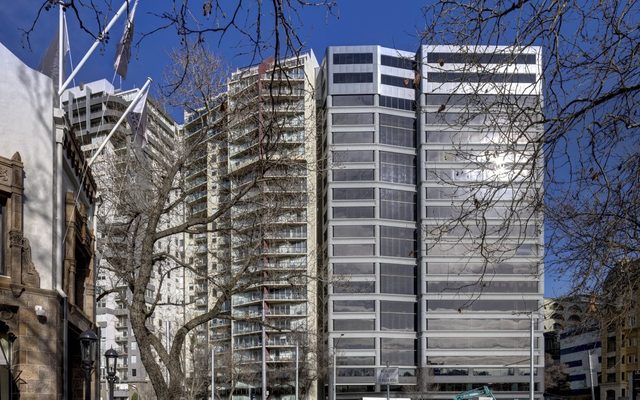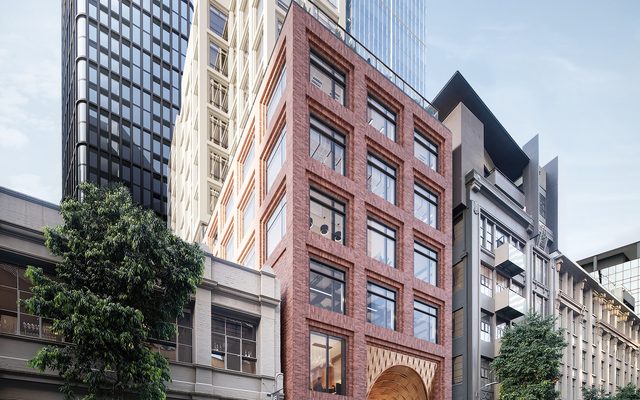This article is from the Australian Property Journal archive
THE Melbourne office market has claimed the lion share of leasing volumes in FY2010, accounting for 45% of activity, according to Savills research.
Savills research shows leasing activity in Melbourne rose 67% in the past financial year to 674,993 sqm, which underpin a solid 22% increase in the national metropolitan transactions to 1.5 million sqm.
Victorian head of office leasing Nicholas Farley said strong fundamentals are driving a substantial amount of take-up and backfill opportunities are relatively limited and with delivery timeframes for the new buildings ranging between 24 and 30 months so it will be some time before fresh office accommodation options are available to occupy.
“The Melbourne office market has long been considered the best value market in the country, with a high proportion of good quality buildings and an abundance of development sites keeping rentals low. Whilst that is still the case, the number of ‘core’ development sites, being those sites that are along the Collins/Bourke Streets axis in the CBD and Docklands, are reducing.
“In addition, many developers are proposing relatively small buildings, of 30,000 sqm or less, a factor brought about by the restrained capital supply from banks, and the paucity of larger pre-commitment size tenants that haven’t already made the move,” he added.
Farley said rental growth has been experienced across the board with new buildings, many of which require mid to high $400/sqm net or higher, to justify development compared to the last cycle where asking rentals were up to $100/sqm cheaper.
Incentives are also trending downwards, and rentals upwards, in existing buildings as well.
Farley said Melbourne’s tenant mix is diversified unlike other capital cities that might rely heavily on single sectors, such as mining in Perth and Brisbane, and finance in Sydney. On a national basis, government and community tenants accounted for 30% of all office leasing transactions in the year to June 30; finance and insurance 21%; property, business and finance 17%; and mining and utilities 12%.
Outside of Melbourne, Brisbane was the only one to record positive office leasing growth. Transactions were up by 10.7% to 292,221 sqm, although much of this was pre-committed space being taken up as new buildings entered the market.
Queensland head of research Paul Day said almost every building in the Brisbane CBD now has some form of mining sector tenant.
“They are currently the second biggest takers of space in the city, so any fluctuations in that sector have a flow-on to office leasing. However, overall office leasing in Brisbane has held up well in terms of space taken. The number of transactions is down on the peak in 2007-2008, but generally in line with long-term averages,” he added.
The average Brisbane metropolitan office lease size also increased over the past year, from 2,401 sqm in June 2009 to 3,076 sqm at June 30, 2010.
In Sydney, metropolitan office leasing was down 24% to 313,818 sqm; Adelaide down 19.67% to 102,550 sqm; and Perth down 29% to 98,697 sqm.
Western Australia head of research Helen Swanson said the impact of the resources tax issue has probably been hardest felt in Perth, where 60% of all office leasing can generally be attributed to mining tenants.
“The resources tax uncertanty has caused some delay in expansion plans, but overall office leasing activity is still fairly stable and deals are still being done,” she concluded.
Australian Property Journal



